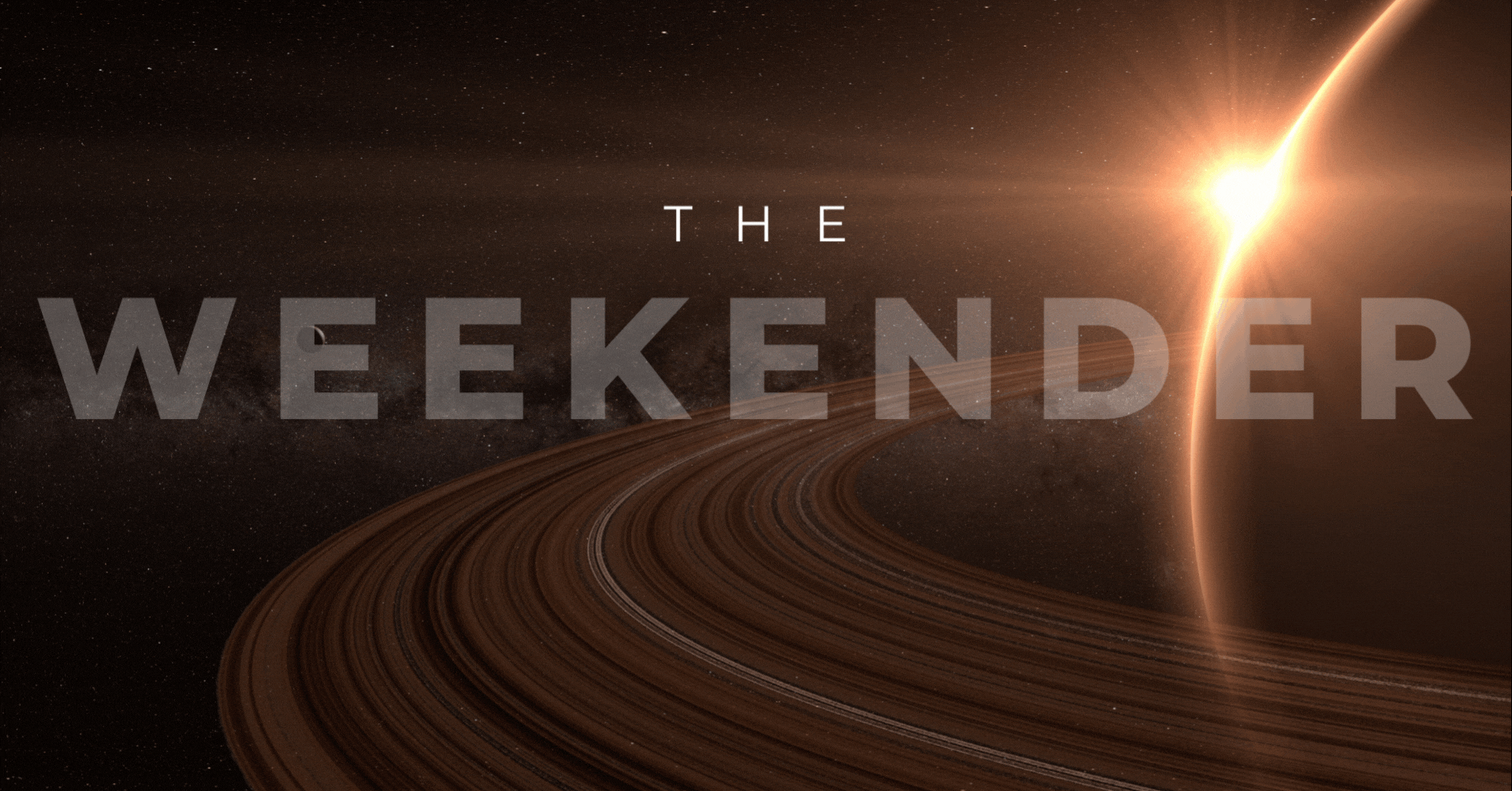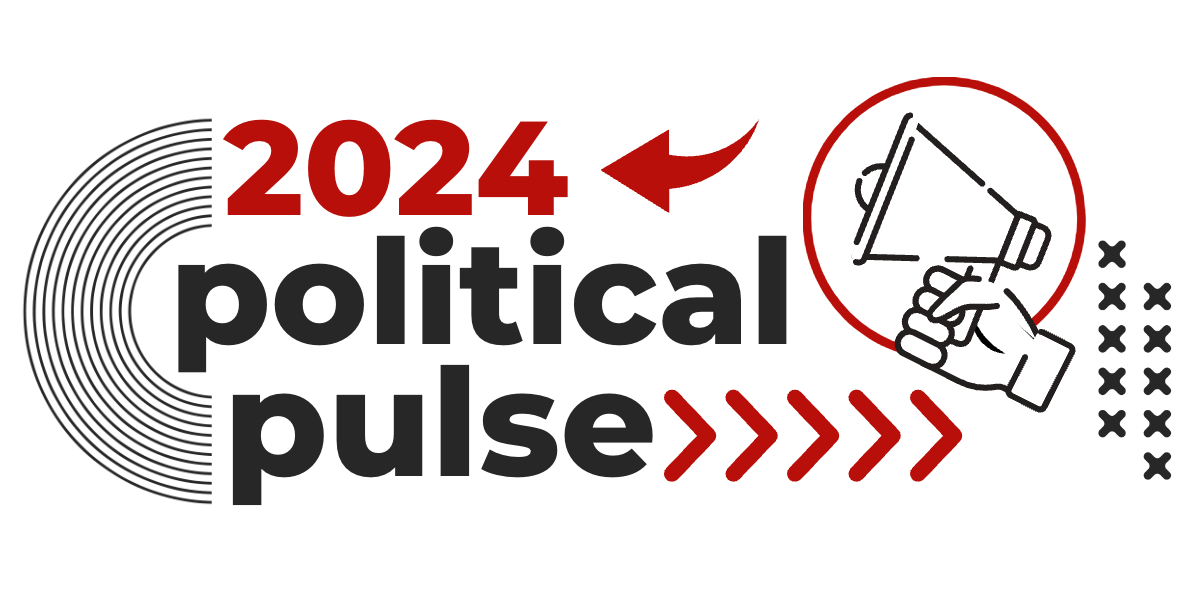 DATA POINTS
DATA POINTS
- 3.3%: The percent the price of goods and services were up in July compared to this time last year
- 50%: The percentage of purchasers who are first-time home buyers in 2023
- 52%: The percentage of Donald Trump’s support in the polls after the first GOP debate
- 66%: The percentage of households in the U.S. who own a pet
- 42 Million: The number of online voters who self-identify as independents
- $13 Billion: The amount Nike has lost in market value after shares dropped for the ninth consecutive day
 On Your Marks, Get Set, GOP!
On Your Marks, Get Set, GOP!
Primary season has officially kicked off as the first GOP Presidential debate took place Wednesday on Fox News. Eight candidates took the stage to present their platforms on abortion rights, the economy, Ukraine, and education. Of course, one of the liveliest topics discussed was their opinions on former President Trump; or, as moderator Brett Baier put it, “the elephant not in the room.”
While Ron DeSantis, who sits beneath Trump’s polls in second place, was expected to be the target that night, pundits say he held his ground but didn’t break through at a time when his campaign needs it. Rather, the punching bag on stage was feisty 38-year-old entrepreneur Vivek Ramaswamy, who was battered for vowing to stop funding Ukraine’s defense against Russia, his claim that climate change is a “hoax,” and his plan to abolish the Department of Education.
The standout stars on stage were three former governors: former U.N. Ambassador Nikki Haley, former NJ Gov. Chris Christie, and former Vice President Mike Pence. Christie made a compelling case against renominating President Trump and was one of the main aggressors toward Ramaswamy. Pence has been campaigning as the “adult in the room” and he took the opportunity to explain his dedication to the Constitution. He received kudos from many of his competitors for his choice not to participate in former President Trump’s actions on Jan. 6, 2021. Haley brought data, realism, and a broad scope of foreign policy experience, serving as the voice of reason and pragmatism within the group.
SC Senator Tim Scott, ND Gov. Burgum, and former AR Gov. Hutchinson had their moments in the sun, but none of them were in the scrum for additional mic-time (debate “rules” were often skirted by the more aggressive Ramaswamy, Christie and Haley). Former President Trump, who already maintains well over 50% of potential Republican primary voters, released a pre-recorded interview with Tucker Carlson on X during the same time as the GOP debate.
California Can’t Catch a Break
Southern California faced its largest tropical storm in 84 years this past weekend and the rainfall left roads flooded, trees fallen, and families to be rescued by bulldozers. The storm broke records in Death Valley, which experienced its single-rainiest day recorded on Sunday. No deaths have been reported so far, but the threat remains. The state is highly prone to dry conditions as punishing droughts over the past 20 years have exhausted wells and seared cropland. So, when rain pummels the Western Coast, it can cause rampant flooding and mudslides, threatening human safety.
The past three years have seen immense droughts, forcing people to conserve as much water as possible. Tropical storm Hilary brought record rainfall this week and winter storms filled the state’s reservoirs earlier this year. While the moisture is good news for quelling the water shortage, it’s difficult to determine whether California will see a dry year or a rainy 2024. At the same time, wildfire risks pervade in the background. While deluges of rainfall would immediately reduce some risks of fires, forests dry quickly. Within a few weeks, wildfire risks will return to high levels despite record rain.
Michael Anderson, California’s state climatologist, said “this year is going to be known as just a tale of extremes that worked all the way through the year. . .to have them all happen in the same year, in and of itself might be its own extreme.”
Economy Too Powerful for Powell?

The new plan for the Fed is to attempt an elusive and difficult “soft landing,” where they reach a 2% inflation rate without sinking the economy into a deep recession. Economists and Wall Street traders alike believe that while this is a realistic possibility, it all but destroys any hope of the Fed reducing rates before 2024.
The American people, serving as the lifeblood of the economy, wait in the wake. The average fixed rate on a 30-year mortgage is 7%, while auto and credit card rates have shot even higher. If the Fed intends to execute the soft landing, it will need to tighten borrowing and consumer spending. The Fed has a decision to make: increase interest rates in the short term to slow the economy, or keep its current 5.4% rate as a staple for the long term?
Read More at The Associated Press
Once Upon a Strike in Hollywood

Netflix, Disney and Warner Bros Discovery are actually reeling in revenue from the strikes because their production costs of new and upcoming projects have plummeted amid the picketing workforce. These are short-term gains, however, and will inevitably result in long-term losses if new content is not created and released.
This past week saw some progress as AMPTP released their latest proposal, including 2.5 months of minimum employment, a new structure for employee advancement, and protections against AI. The parties are also inching closer to an agreement on pay scale restructuring.
It’s not clear who is going to blink first or where compromise will arise from the parties. In the meantime, consumers should expect a delay in the shows and movies they love.
COVID: The Comeback Kid Nobody Wanted

As we approach the four-year anniversary of the pandemic, there is a bright side. The high vaccination rate means we are closely approaching herd immunity. Additionally, health officials are not ringing the “Mask Up” bell amid new variants making their way through the population.
If you are immuno-compromised or at risk for serious illness, it is worth considering wearing a mask in crowds as the virus can spread quickly and easily. For the rest of the population, it’s unlikely we will be returning to the troubles of 2020 for personal safety.
Give Saturn a Ring This Weekend

If you haven’t seen this beautiful, massive gas giant with your own eyes, this weekend is your best shot. On Sunday, August 27, Saturn will be at its “opposition,” meaning that Earth will pass between it and the sun. The celestial titan’s rings are as bright as they’ll ever be, and this is the closest Earth will ever get. While the planet can be seen from our home with the naked eye, a good set of binoculars or a telescope will increase your ability to see the planet’s broad spans of rings.
We’ll be close to Saturn for a few weeks before and after the opposition takes place on Sunday, so take a glance whenever you have a clear night sky. If you miss the opportunity, you’ll have to wait another 378 days before Saturn comes back into opposition. For those eager to peer into the sky to greet our neighbor, take a moment to listen to the famous “Pale Blue Dot” speech from world-renowned astrophysicist Carl Sagan for a moment of contemplative perspective.
INTERNATIONAL SPOTLIGHT
India Shoots for the Moon (and Scores!)
On Wednesday, India became the fourth country to successfully land a spacecraft on the moon, joining the U.S., China, and the former U.S.S.R. in successfully completing a lunar mission. Having touched down on the moon’s south pole, the vessel breached unchartered territory that the scientific community believes could hold vital reserves of frozen water.
After India’s failed lunar attempt in 2019, the country erupted in celebration and cheers as their space program fulfilled its goal to achieve this mammoth feat. The mission showcases India’s rising prominence as a space exploration and technological powerhouse.
India’s success came days after Russia sought to do the exact same thing – execute a lunar landing on the south pole. Russia’s mission, using their Luna-25 spacecraft, spun into an uncontrolled orbit and crashed upon descent. Had it been successful, the landing would have been the first Russian lunar success in the past 47 years. The Russian Roskosmos attributed the failed landing to vacuum of expertise caused by a decades-long gap in their space exploration program.
India’s next mission will attempt a manned lunar landing, although they will likely fall behind the U.S.’ aggressive “moon boots on the ground” agenda. NASA’s Artemis 2 project, which has already demonstrated orbital viability in their test launches, aims to land four astronauts on the lunar surface in 2024.
FEATURED TWEET



 DATA POINTS
DATA POINTS On Your Marks, Get Set, GOP!
On Your Marks, Get Set, GOP!


